Node by node, engineer Zhaohui Wang has a plan for improving underwater acoustics networks to maximize information delivery.
From monitoring whale populations to tactical surveillance, underwater acoustic communication networks are handy systems to have in place. But their greatest feature—being underwater—is also their greatest challenge. With a prestigious CAREER Award from the National Science Foundation (NSF), Wang, an assistant professor of electrical and computer engineering, sets out on the ice to look for a solution.
Underwater Acoustic Communication
A major challenge in any communication system is getting a signal from a transmitting node to a receiving node. It's like a technical version of the game Telephone, but instead of laughable mistakes, valuable information can be lost.
"For communications, what really matters is the signal power to noise power ratio," Wang says, explaining that maximizing the ratio underwater depends on other two factors.
First, bodies of water are not serene or static; they're landscapes rich with sound. The ambient soundscapes of the ocean floor or Lake Superior or even small inland lakes are full of background noise, which can both interfere with an acoustic signal or a signal can interfere with natural sound, such as whale whistles. Also, underwater environments change seasonally, daily or even hourly, which can also alter a signal's strength by the time it reaches the receiver.
Wang's goal is to not only improve node-to-node communication but create an adaptive network that learns its underwater environment.
Underwater Learning
The problem Wang points out is that she can't sit in her office and constantly monitor subtle changes in ice cover or animals moving close to a node.
"The environment changes and we typically do not know how it changes; we cannot see what happens from afar," Wang says. "So, we have to be able to let the underwater system learn such dynamics."
The key to building such a network is using techniques like passive listening—hydrophones that detect changes in the soundscape—along with active probing—using the signal itself to assess the sound transmission loss between nodes. Then using machine learning principles—repeatedly running data through the system—will help Wang model, understand and even predict underwater dynamics in real time. Doing so helps design adaptive and eco-friendly acoustic communication and networking strategies.
Under Ice Communication
Guy Meadows, the director of the Great Lakes Research Center where Wang runs her experimental work, says underwater communication is critical to keep tabs on equipment, especially under ice.
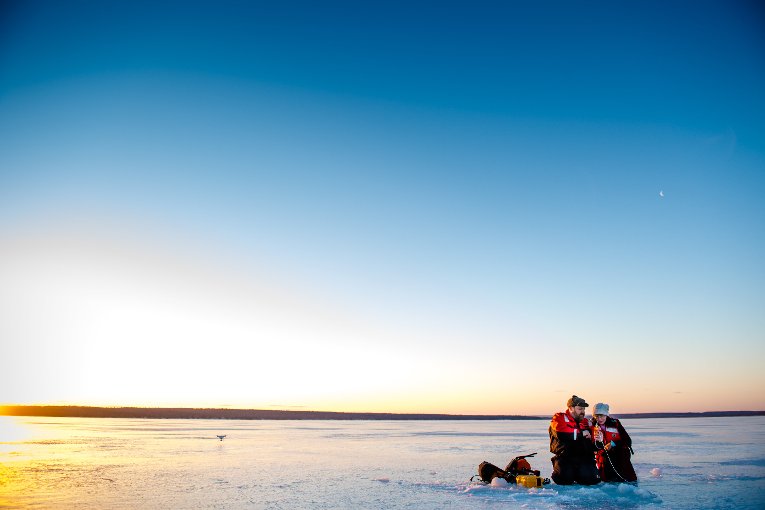
"The Great Lakes Research Center has several needs to remotely communicate with sensors during the icy months in the Great Lakes where long cables strung from shore are not feasible," Meadows says. "Wang is solving this problem."
Dan Fuhrmann, the chair of the Department of Electrical and Computer Engineering, recalls the first time Wang went out for an under-ice test; she asked Fuhrmann what he knew about drilling holes in the ice and he asked what she knew about ice fishing. Despite not even knowing the northwoods sport existed, Wang was out on the ice a week later drilling holes, which Fuhrmann considers a testament to her dedication.
"Her research activity is quite remarkable," Fuhrmann says. "In this proposal, Wang describes an ambitious plan to bring state-of-the-art tools in signal processing and machine learning to the difficult problem of underwater acoustic communication."
Mentoring and SOAR
Wang points out that building communication networks comes down to connecting people. As an extension of that, teaching and outreach are a natural part of Wang's work and vital to propagating not just sound waves but future research.
Wang already works with students at local festivals and summer youth programs. Wang will also mentor local students through the Student Organization for Aquatic Robotics (SOAR) at Dollar Bay High School and the undergraduates who work in her lab.
"We want to encourage more female students and, especially in our area, economically disadvantaged students to pursue STEM fields," Wang says. "And for our undergraduate students, we want them to get their feet wet, so they can pursue industry work or continue on to graduate school."
Of course, in Wang's underwater acoustics lab, students really do have a good chance of getting wet feet.
Michigan Technological University is an R1 public research university founded in 1885 in Houghton, and is home to nearly 7,500 students from more than 60 countries around the world. Consistently ranked among the best universities in the country for return on investment, Michigan's flagship technological university offers more than 185 undergraduate and graduate degree programs in science and technology, engineering, computing, forestry, business, health professions, humanities, mathematics, social sciences, and the arts. The rural campus is situated just miles from Lake Superior in Michigan's Upper Peninsula, offering year-round opportunities for outdoor adventure.
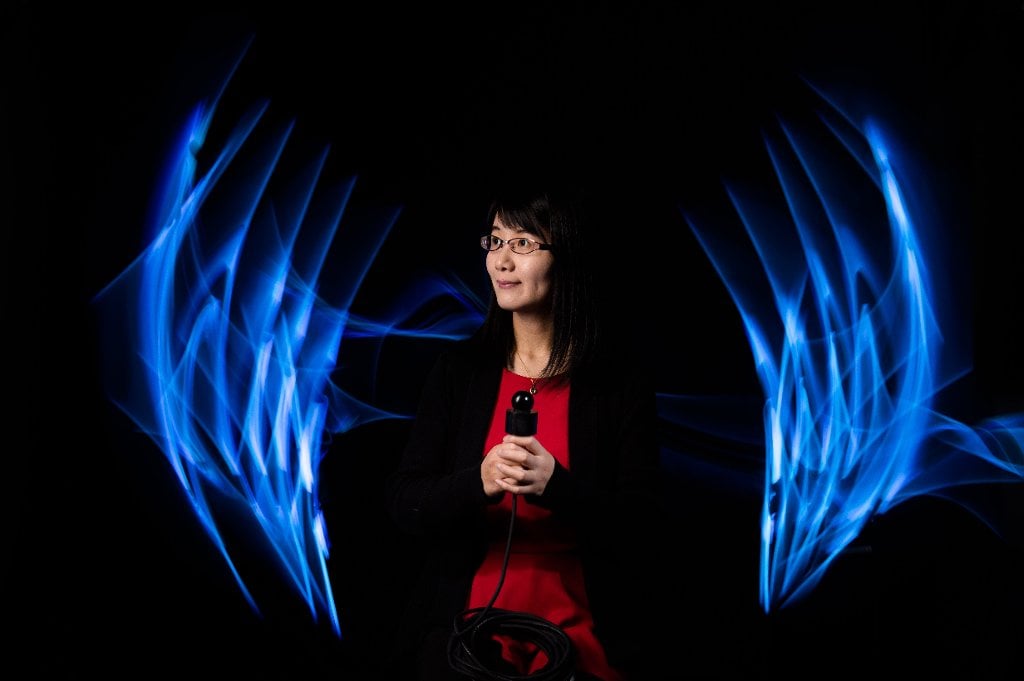


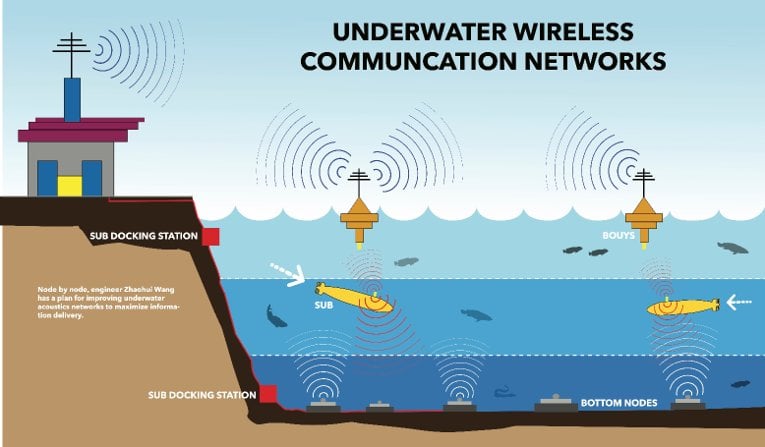

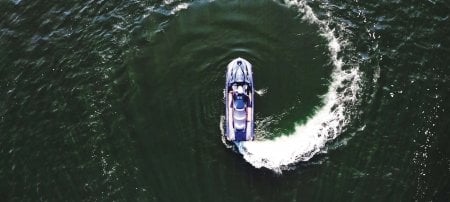
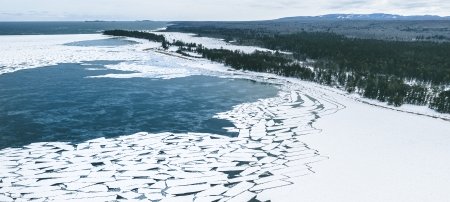

Comments